This Week In NATO: A Compendium of NATO Statements
NATO Intercepted Russian Military Aircraft Over 300 Times in 2023
In 2023, NATO air forces across Europe scrambled well over 300 times to intercept Russian military aircraft approaching Alliance airspace, with most intercepts occurring over the Baltic Sea. NATO has standing air-policing missions that calls for Allied jets to scramble when there are signs of Russian military planes approaching Allied airspace in unpredictable ways.
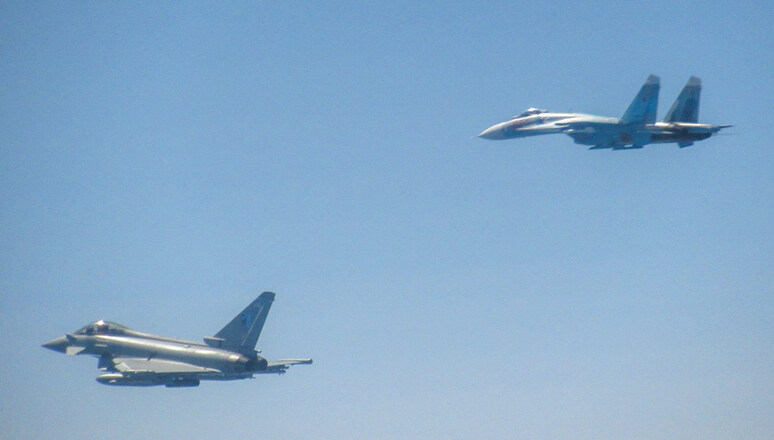
Along NATO’s eastern flank, Russian military aircraft have a history of not transmitting a transponder code indicating their position and altitude, not filing a flight plan, or did communicating with air traffic controllers. The vast majority of aerial encounters between NATO and Russian jets were safe and professional. Breaches of NATO airspace by Russian military aircraft remained rare and generally of short duration.
“Russia’s war against Ukraine has created the most dangerous security situation in Europe in decades,” said acting NATO Spokesperson Dylan White. “NATO fighter jets are on duty around the clock, ready to scramble in case of suspicious or unannounced flights near the airspace of our Allies. Air policing is an important way in which NATO provides security for our Allies.”
In the wake of Russia’s war in Ukraine, NATO has substantially reinforced its air defences on its eastern flank, including with more fighter jets, surveillance flights and ground-based air defences. After repeated Russian strikes on Ukrainian infrastructure very close to NATO territory, Allies deployed extra fighter jets to Romania. In October, after subsea pipelines ruptured in the Baltic Sea, NATO sent additional capabilities to the region. This year, NATO also held its biggest ever air exercise, with over 250 aircraft training for the collective defence of the Alliance during “Air Defender 23”.
UK to lead NATO’s 2024 rapid response force
From 1 January 2024, the United Kingdom’s 7th Light Mechanised Brigade will lead NATO’s rapid reaction force, placing thousands of soldiers on standby and ready to deploy within days. NATO’s Very High Readiness Joint Task Force (VJTF) was created after Russia’s annexation of Crimea in 2014 and was deployed for the first time for collective defence of the Alliance after Russia’s full-fledged invasion of Ukraine in 2022. The leadership position is rotated annually among Allies. The UK takes over from Germany, which led the force in 2023.
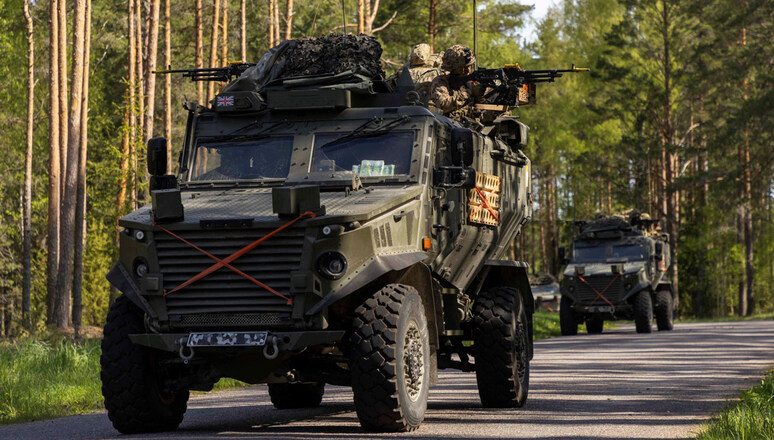
“This brigade needs to be ready to move within days to wherever NATO needs it, making it a key part of our collective defence. The UK’s leadership of our highest readiness formation is a clear display of its capabilities and commitment to NATO”, said acting Spokesperson Dylan White.
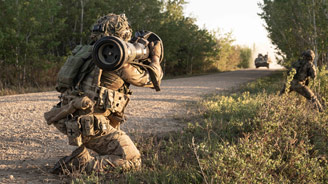
The VJTF is the highest-readiness element of NATO’s larger Response Force, which also includes air and maritime forces. In 2024, VJTF land forces will comprise some 6,000 thousand troops, with the 7th Light Mechanised Brigade Combat Team – “the Desert Rats” – at its core. The brigade consists of a light cavalry regiment, and four light-mechanised infantry battalions with artillery, engineering, logistics, and medical regiments. Units include the Royal Anglian Regiment and the Royal Scots Dragoon Guards. Poland’s 1st Warsaw Armored Brigade and Spain’s Brigada Guzmán el Bueno will provide heavy battle tanks, attack helicopters and air defences. In total, nine NATO Allies provide forces.
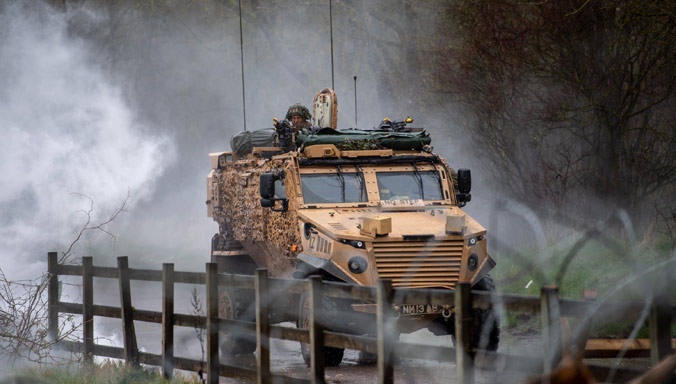
NATO’s Joint Force Command in Brunssum will command the Response Force in 2024. The United Kingdom’s Allied Rapid Reaction Corps will serve as the land component command. The Alliance will transition the NATO Response Force into the new Allied Reaction Force in mid-2024.


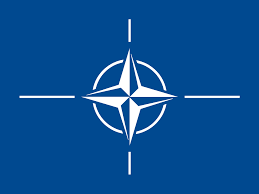



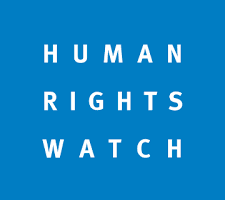

Comments